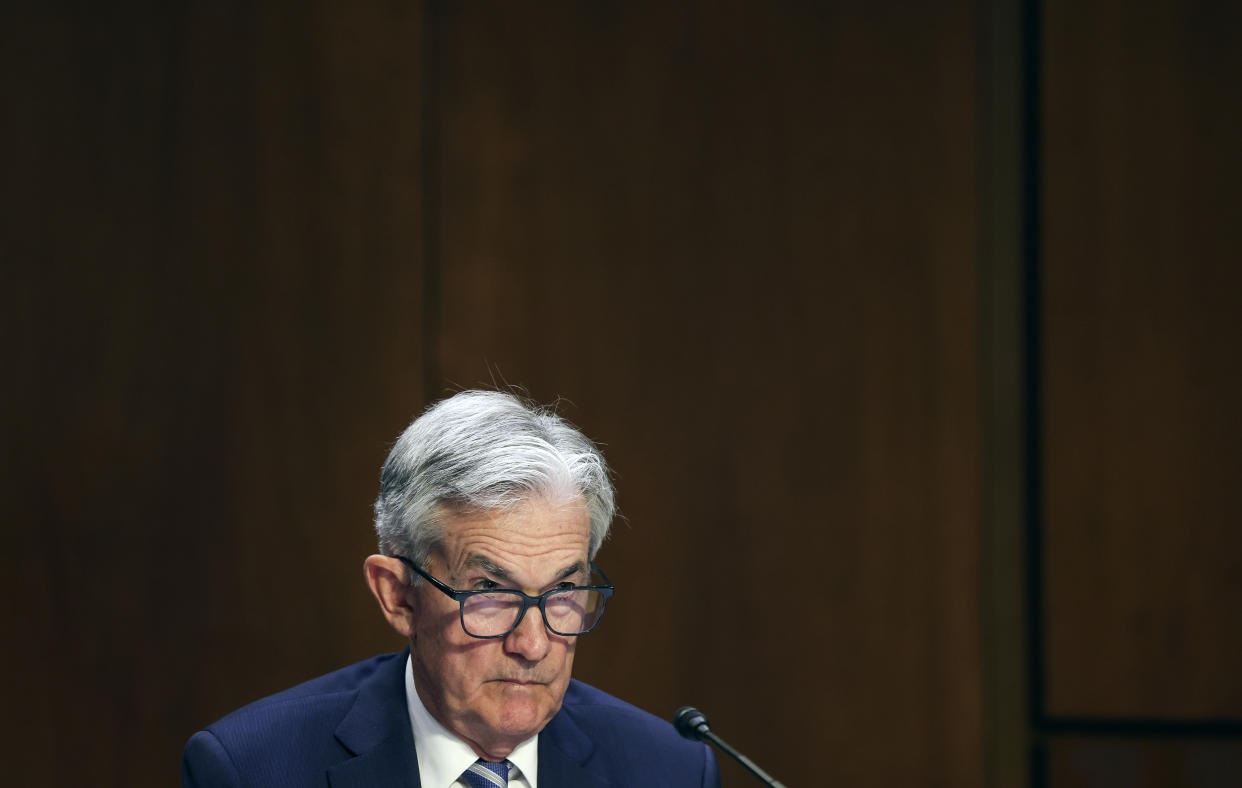A key inflation report that settles little for Wall Street: Morning Brief
This article first appeared in the Morning Brief. Get the Morning Brief sent directly to your inbox every Monday to Friday by 6:30 a.m. ET. Subscribe
Thursday, October 13, 2022
Today's newsletter is by Jared Blikre, a reporter focused on the markets on Yahoo Finance. Follow him on Twitter @SPYJared. Read this and more market news on the go with Yahoo Finance App.
Wall Street awaits this morning's consumer price index release for September with bated breath despite the overall song remaining the same.
Analysts are expecting the 8:30am ET data dump to show a slight moderation in the headline number (to 8.1% from 8.3%) while expecting a slight uptick in "core" inflation, which excludes food and energy (to 6.5% from 6.3%).
The average consumer doesn't need to be told the actual numbers since they will most likely continue to indicate a decades-high in the price of goods.
Details matter, however, for investors laser-focused on the data points that are most important to the Fed. As we've seen in 2022, small beats or misses on the headline numbers can move the entire stock market 3%, 4%, even 5%.
The potential for volatility is only heightened as the major indices (^DJI, ^IXIC, ^GSPC) are precariously perched at or near the lowest levels in two years. Throw in chaotic, illiquid bond and currency markets, and investors have their work cut out for them today.
Market participants are looking ahead toward the November 1 and 2 meetings of Federal Open Market Committee participants, where the Fed is expected to hike 75 basis points for the fourth consecutive time — with another 50 bps priced in for the December meeting.
Minutes from the Fed's prior September meeting, released Wednesday, substantiated expectations that the Fed would slow its blistering pace of rate hikes by year-end. Fed officials said that it "would be important to calibrate the pace of further policy tightening with the aim of mitigating the risk of significant adverse effects on the economic outlook.”
In other words, the Fed is going to hike until something breaks — but will try not to engineer too much long-term damage to the economy.
Any hopes for dovish undertones about the near-term were largely dashed, as the minutes revealed many Fed officials were more concerned with the cost of taking too little action to bring down inflation than too much action.
The Fed has consistently been saying quite plainly that the central bank is de facto engineering a recession with higher unemployment rates and a cooling economy to combat inflation. From the minutes: “Participants judged that a softening in the labor market would be needed to ease upward pressures on wages and prices."

That's despite clear evidence that the Fed's actions are already disproportionately affecting the poor versus the rich. Spending is holding up "relatively well, especially among higher-income households," noted the minutes. Low-to-moderate-income households, the notes added, are cutting discretionary purchases and "shifting to lower-cost options."
Investors may take a bit of solace that the Fed is acting consistently with its messaging and holding the line — in contrast to its central banker peers in the U.K., where monetary and fiscal policies are disjointed and at odds, or Japan, where central bank intervention to support the yen failed in less than three weeks, with authorities there doubling down on ultra-loose monetary policy.
The big questions for U.S. investors are when — not if — the Fed reaches its own breaking point and where markets sit at that critical juncture.
What to Watch Today
Economy
8:30 a.m. ET: Consumer Price Index, month-over-month, September (0.2% expected, 0.1% during prior month)
8:30 a.m. ET: CPI excluding food and energy, month-over-month, September (0.5% expected, 0.6% during prior month)
8:30 a.m. ET: Consumer Price Index, year-over-year, September (8.1% expected, 8.3% during prior month)
8:30 a.m. ET: CPI excluding food and energy, year-over-year, September (6.5% expected, 6.3% during prior month)
8:30 a.m. ET: CPI Index NSA, September (296.417 expected, 296.171 during prior month)
8:30 a.m. ET: CPI Core Index SA, September (296.950 during prior month)
8:30 a.m. ET: Initial jobless claims, week ended Oct. 8 (225,000 expected, 219,000 during prior week)
8:30 a.m. ET: Continuing claims, week ended Oct.1 (1.361 during prior week)
8:30 a.m. ET: Real Average Weekly Earnings, year-over-year, September (-3.4% during prior month)
Earnings
BlackRock (BLK), Delta Air Lines (DAL), Progressive (PGR), Walgreens Boots Alliance (WBA), Commercial Metals (CMC), Taiwan Semiconductor (TSM)
Yahoo Finance Highlights
—
Click here for the latest stock market news and in-depth analysis, including events that move stocks
Read the latest financial and business news from Yahoo Finance
Download the Yahoo Finance app for Apple or Android
Follow Yahoo Finance on Twitter, Facebook, Instagram, Flipboard, LinkedIn, and YouTube
